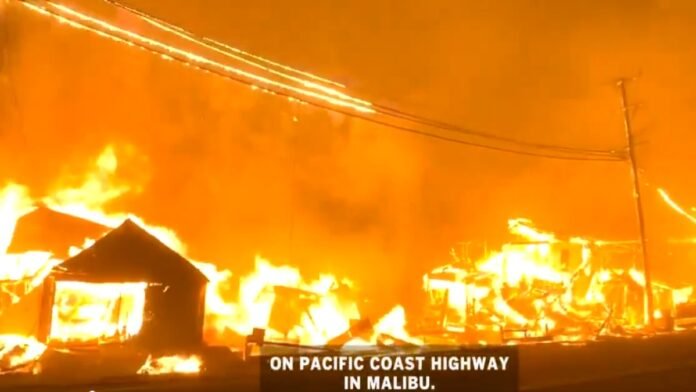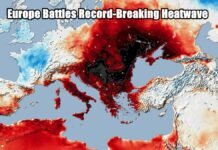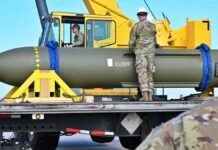
Key Points:
- Massive Destruction: Over 1,100 buildings have been destroyed in the Pacific Palisades area, and five people have died as wildfires spread to residential zones.
- Evacuations: 30,000 people have been moved to safety as fire engulfs 5,000 acres of land.
- Two Major Fires: Fires have broken out in two separate locations in California, exacerbated by strong winds.
- Emergency Response: Relief teams are working tirelessly as President Biden cancels his visit due to worsening conditions.
California, January 8: A catastrophic wildfire in Southern California has turned into a life-threatening disaster, with flames engulfing not just vast forested areas but also threatening the homes of thousands. The fire, which initially began in the Pacific Palisades area of Los Angeles on January 7, has quickly spread across residential zones, causing widespread panic and destruction.
Devastating Spread of Flames
The fire, which broke out at 10:30 am local time, has intensified rapidly, spreading over 5,000 acres (around 2,000 hectares) in a matter of hours. By the evening of January 8, over 1,100 buildings, including homes, businesses, and infrastructure, were reduced to ashes. Local authorities have confirmed that at least five people have lost their lives, with many others suffering serious injuries.
Los Angeles Fire Chief, Anthony Marrone, confirmed that the fire’s relentless spread forced thousands of residents to flee their homes, seeking refuge in safe areas. Rescue teams are working around the clock to combat the inferno, but officials caution that the situation remains dire.
Firefighters Struggling Against Strong Winds
Initially, the fire was confined to just 20 acres. However, the combination of dry conditions and strong storm winds allowed the fire to spread uncontrollably to over 1,200 acres. The rapid escalation prompted authorities to evacuate 30,000 people, including residents from neighborhoods in Pacific Palisades. With the fire continuing to rage, the threat to both life and property is severe, and more evacuations are expected.
The fire’s rapid movement is being fueled by fierce winds, making firefighting efforts even more challenging. Social media videos are circulating showing towering flames and thick smoke blanketing the region, adding to the widespread fear.
Multiple Fire Zones in California
This isn’t an isolated incident; two separate fires have erupted in Northern California. The first, originating from the Palisades area, has spread across 3,000 acres. Meanwhile, the second fire, the “Eaton Fire,” which began in Altadena between Pasadena and the surrounding mountains, has ravaged 400 acres so far. These fires have prompted officials to issue emergency alerts across nearby areas, urging residents to remain on high alert.
State and Federal Responses
As the state braces for further challenges, President Joe Biden has canceled his planned visit to Riverside County, California, where he was set to announce two new national monuments. In light of the escalating situation, Biden will now deliver his remarks from Los Angeles.
The National Weather Service has issued warnings that strong winds could worsen the ongoing wildfire crisis. Additionally, the Los Angeles Unified School District has relocated students from three schools due to the fire’s proximity. Emergency shelters are now being set up in local schools, community centers, and other safe areas for displaced families.
Ongoing Relief and Rescue Operations
Firefighters, emergency response teams, and volunteers continue to battle the massive blaze, working tirelessly to save lives and contain the fire. The rapid spread of the fire and the destruction it has caused underscore the urgent need for coordinated emergency efforts in the face of severe weather conditions.
The California wildfires, fueled by extreme winds and dry conditions, have created a catastrophic situation, with hundreds of buildings destroyed and lives lost. As relief teams fight to contain the blaze, the public remains in a state of uncertainty, and officials continue to issue warnings. With the danger still far from over, all eyes are on the tireless efforts of firefighters and the government’s response to this ongoing crisis.

















































